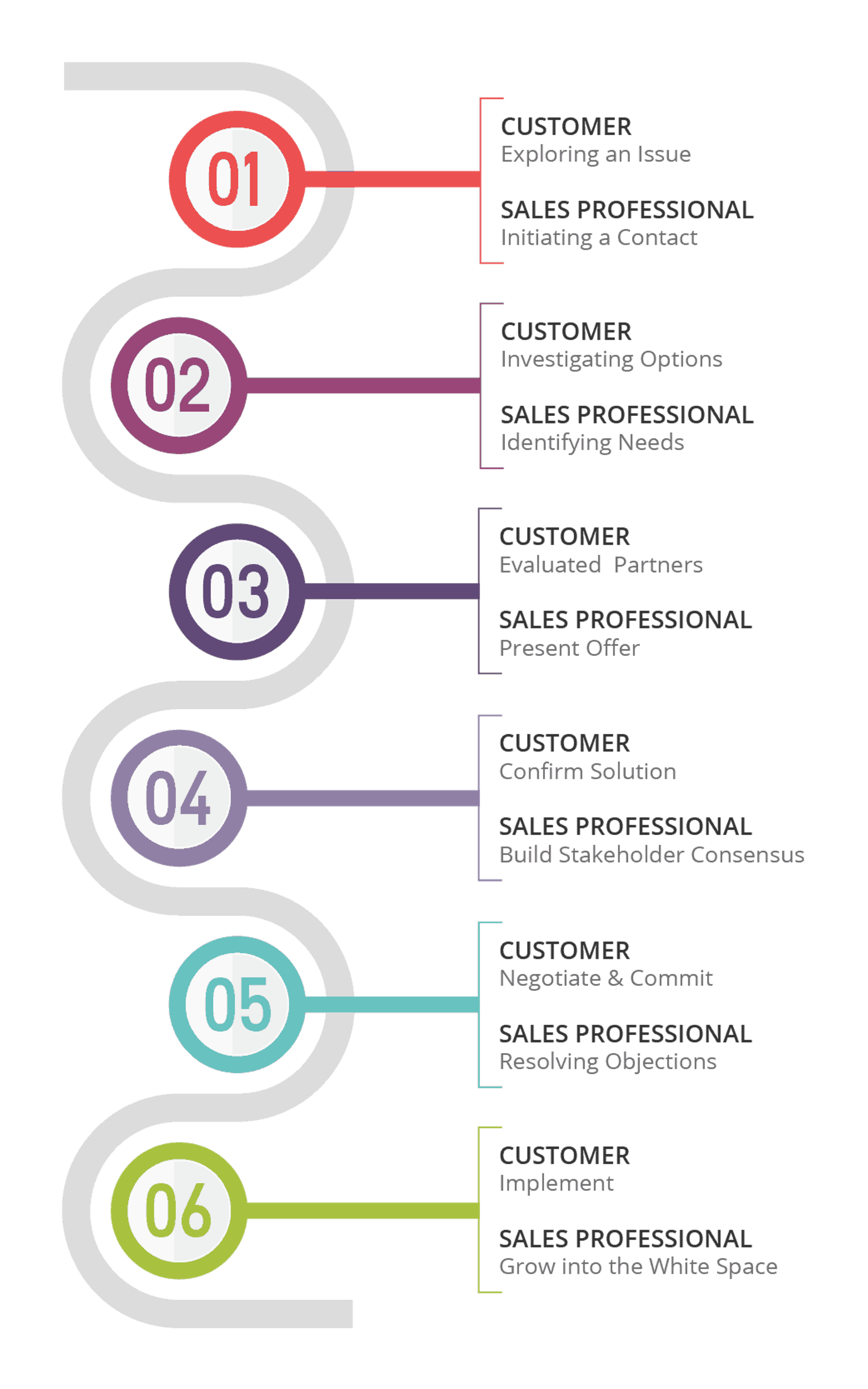How to Close Sales

Closing sales requires a combination of sales strategy, skills, and trust. Despite varying degrees of complexity in the sales process, this statement is true for both B2B and B2C sales professionals.
The most important factor in this equation is trust. Before a buyer is willing to sign on the dotted line, they have to trust you and your organization and believe that the products or services they invest in will produce a greater return over alternative investments they could make.
The good news for sales professionals is that trust is earned by focusing on the customer’s needs, using the right skills effectively, and helping the customer navigate a complex buying journey.
Sales Closing Strategy
Effectively closing a sale starts early in the sales cycle with understanding the customer’s needs.
A proactive approach to engaging all stakeholders involved in the buying decision and continuously assessing the health of the opportunity in order to strategize your next best move is critical.
Sales professionals should keep the following things in mind as they continuously assess and strategize their plan for driving the opportunity forward to close.
- The sales professional must consistently seek opportunities to engage and influence stakeholders to strengthen the case for why the customer should buy and why the customer should buy from them.
- The sales professional must drive continuous momentum toward the close by building relationships with the decision-making team and using those relationships to facilitate alignment and drive consensus.
The customer’s buying journey is not linear; momentum starts, stops, and sometimes reverses. Timelines become obscure, and parameters change shape.
The stages within the modern buying journey should look familiar:
- Explore — Do we need to act?
- Investigate — What could we do?
- Evaluate — What should we do?
- Confirm — Are we sure?
- Negotiate & Commit — How do we maximize value?

- Integration: The customer continues to learn and integrate additional information into their thinking and integrate new stakeholders into the process.
- Refinement: Integration of information and people causes the customer to refine their thinking around the need and best-fit solution as they gain clarity on the issue and outcomes.
- Alignment: Finally, with their refined thinking and perhaps a change in requirements or decision criteria, they must align and realign stakeholders in various emotional states with a variety of needs around the decision to buy and the best-fit solution.
Sales Closing Skills
There are specific skills that differentiate sales professionals from the competition to help them earn the sale. These include:
- Understanding Needs: Do research and engage in dialogue to uncover, explore, and shape customer needs and buying requirements, then convert those needs into insightful recommendations.
- Asserting Perspective: Offer a point of view in a way that reframes thinking to help the customer avoid unnecessary stalls, make the right decisions, and get to the business outcomes that they need quickly and efficiently.
- Driving Consensus: Identify and navigate the needs and perspectives of different stakeholders to drive the buyer toward a decision.
- Positioning Value: Clearly position value as it relates to the buyer’s needs to differentiate the solution and selling organization.
- Resolving Objections: Get to the root cause of customer objections and position a resolution in a way that fosters trust and advances the sale without relinquishing terms or diminishing deal size.
- Presenting Effectively: Articulate value in a way that addresses multiple needs in clear language.
- Negotiating to Close: Maintain control and guide the negotiation to a mutually beneficial result that maximizes the seller’s outcome and protects the relationship.
Trust Drives Closed Sales
Trust is a fragile thing — slow to gain, quick to lose. Customers want a consistent commitment to themselves and their issues. Any self-serving seller behavior will immediately erode trust.
In addition to developing the skills they need to close sales, the sales professional should be mindful that skills are only a part of the conversation. Being honest and demonstrating a genuine desire to add value for the buyer goes a long way.
Some best practices for demonstrating commitment to a buyer include:
- Diligent preparation
- Asking great questions
- Proactively creating value by offering ideas and perspectives
- Honesty about what you can and can't do
- Maintaining a collaborative tone

Consultative Opportunity Pursuit Training Program Brochure
Train your team to use "Sales Sprints" to build deal velocity.
DownloadGet industry insights and stay up to date, subscribe to our newsletter.
Joining our community gives you access to weekly thought leadership to help guide your planning for a training initiative, inform your sales strategy, and most importantly, improve your team's performance.






